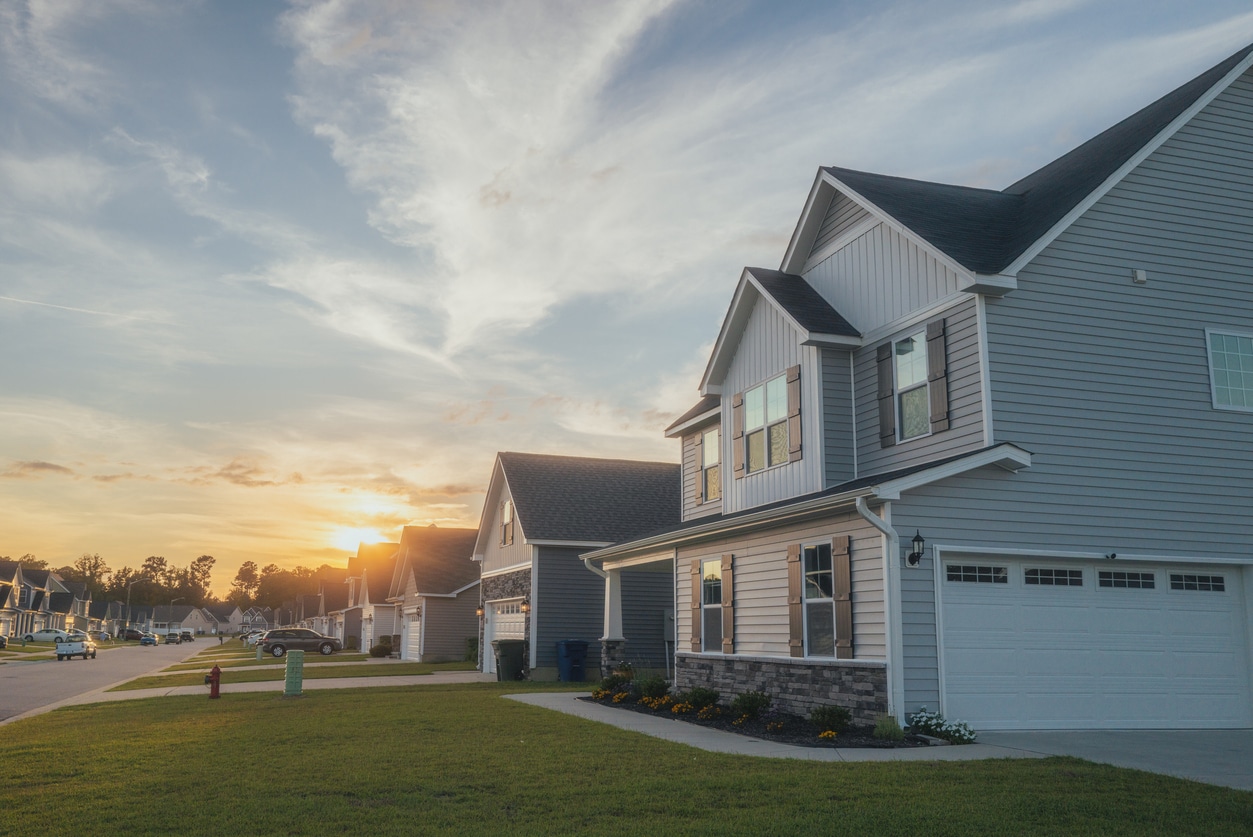Homeowners across the United States have experienced significant increases in home insurance premiums in recent years. According to a LendingTree analysis of RateWatch data from S&P Global, home insurance rates rose by 40.4% cumulatively between 2019 and 2024.
Nationwide Premium Increases
The annual increases were relatively modest at the beginning of the period: 2.0% in 2019, 2.1% in 2020, and 3.0% in 2021. However, steeper hikes followed in subsequent years: 5.4% in 2022, 11.0% in 2023, and 11.4% in 2024 — the highest single-year jump recorded during the period.
According to LendingTree home insurance expert Rob Bhatt, rising claim costs due to natural disasters and inflation have driven insurers to raise rates. “Insurance companies have had to rebuild more homes than normal, and the cost of rebuilding each one has become more expensive,” Bhatt said.
State-Level Disparities
Rate increases varied widely by state. Colorado experienced the highest cumulative increase at 76.6% between 2019 and 2024. Nebraska (72.3%) and Utah (70.6%) followed closely. According to the National Oceanic and Atmospheric Administration (NOAA), these states were among those most affected by billion-dollar disaster events during the period analyzed.
On the opposite end of the spectrum, Vermont saw the lowest cumulative increase at 12.2%, followed by Alaska (12.9%) and Maine (17.9%).
In 2024 alone, Montana and Nebraska recorded the steepest year-over-year increases at 22.1%. Minnesota and Washington also saw substantial jumps at 19.5%. No state recorded a decrease in rates during 2024.
States with the smallest year-over-year increases in 2024 included Florida (1.7%), Texas (3.4%), and New York (3.8%).
Home Insurance Costs: Averages and Extremes
As of 2024, the average annual cost of home insurance nationwide stands at $2,801. However, some states have significantly higher average premiums. Oklahoma leads with an average of $6,133, 118.9% higher than the national average. Nebraska ($5,912) and Kansas ($5,412) are also well above average.
At the other end, Hawaii has the lowest average annual premium at $632. California ($1,260) and Vermont ($1,339) follow.
Insurance Affordability Concerns
A LendingTree study noted that approximately 13.6% of owner-occupied homes in the U.S. — about 11.3 million — are uninsured. According to Bhatt, high insurance costs can impact both existing homeowners and prospective buyers. Rising premiums may reduce borrowing capacity and strain household budgets.
Cost-Saving Considerations
LendingTree experts suggest that consumers can explore options to manage rising insurance costs:
- Shop for competitive rates. Rate comparison tools may help identify more affordable coverage.
- Increase deductibles. Higher deductibles may lead to lower premiums but require greater out-of-pocket spending for claims.
- Avoid filing minor claims. Multiple claims in a short period can raise premiums or lead to policy cancellation.
Methodology
The LendingTree analysis used publicly available rate filings from Quadrant Information Services, based on a standard home insurance profile ($400,000 dwelling coverage, $1,000 deductible, etc.). Annual rate change data came from RateWatch by S&P Global, which aggregates National Association of Insurance Commissioners (NAIC) data.
Stay informed and ahead of the curve — explore more industry insights and program opportunities at ProgramBusiness.com.












